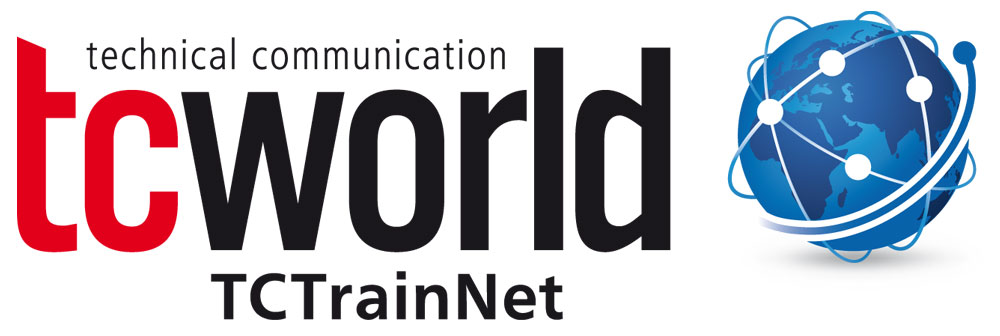Planning
The entire information development process must be planned in
advance. Information products are created, as a rule, through
workflows that are organized in a project-like manner. Because no
two information products are the same, although there are
standard processes for information development, the creation of
information products must be planned as a project.
The project engineering process, which is itself organized as a
project, is the trigger for information creation as a rule. In
this case the information product development project is a
subproject in a higher-level product development project.
Modifications to products that have already been launched or
changes to underlying conditions may also make it necessary to
adapt to information products.
In every case, planning must take into account necessary
resources such as funds, personnel and time as well as workflows
and relevant interfaces, e.g. with suppliers.
Planning involves:
- Product life-cycle support
- Information creation planning
- Project Management
Information from various sources, e.g., from context analysis but
also from internal documents e.g., product specifications,
requirements specifications, functional specifications and
empirical values from previous projects, have an impact on
planning. Fundamental content and design-related definitions are
also fed into planning.
The planning phase results in a specific schedule and milestone
plan for creating information products which also provides
information about capacity, costs and interfaces.
